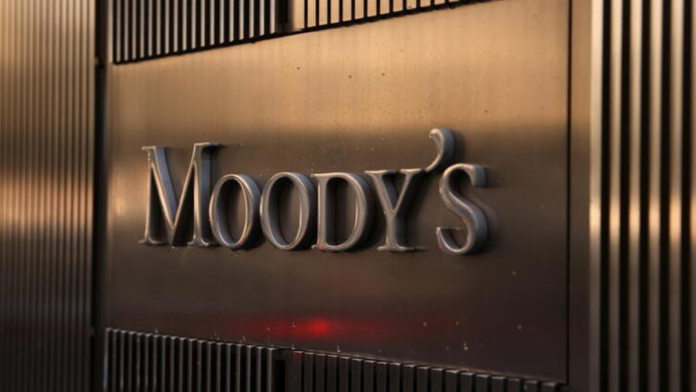Muscat – The Central Bank of Oman’s planned introduction of Shariah-compliant money market instruments will be positive for the sultanate’s Islamic banking sector, Moody’s Investors Services has said.
Last week, CBO published its Financial Stability Report 2022 which announced progress in the introduction of Islamic money market instruments for the Islamic banking sector.
‘The availability of Shariah-compliant short-term money market instruments will support the Islamic banking sector growth and diversify Islamic banks’ asset base, a credit positive,’ Moody’s said in a sector comment note on Thursday.
The Islamic money market instruments that CBO plans to introduce are part of a medium-term Islamic banking strategy. The list of instruments includes and is not limited to Shariah-compliant emergency liquidity support, a lender of last resort facility and a wakala-based remunerative deposit facility.
These instruments, Moody’s noted, will support Oman Islamic banks’ and windows’ liquidity needs and will position Islamic entities on the same competitive platform of conventional peers.
‘Future availability of short-term Islamic instruments to place excess liquidity will further support the sector growth,’ Moody’s added.
Over the decade since its introduction in 2012, Oman’s Islamic banking assets have grown to comprise nearly 16 per cent of total banking assets as of May this year.
Growth rates in Oman’s Islamic banking assets increased to 14 per cent in 2021 and was up 3 per cent year-to-date as of May 2022, fuelled by economic growth and higher oil prices, compared to 6 per cent in 2020.
Islamic banking growth rates were well above conventional banking assets growth rates at 7 per cent in 2021, one per cent in 2020 and no growth as of May 2022 year-to-date, according to Moody’s.
‘Planned introduction of short-term Shariah-compliant liquidity instruments will also help diversification of Islamic banks’ asset base in Oman,’ the ratings agency said.
On the asset side of the aggregate Islamic banking balance sheet, as of May 2022, financings were the main component (82 per cent), followed by investment securities (9 per cent), cash and due from financial institutions (6 six per cent) and others (3 per cent), Moody’s noted. Among the securities, more than two thirds is invested in long and medium-term government sukuk issuances, the ratings agency added.
‘The regulator in Oman has supported Islamic finance since its inception in 2012, introducing at the time a detailed Islamic banking regulatory framework. It followed the first sovereign sukuk issued in 2015 and the first sukuk issuance available to retail investors was in 2020, providing banks with Shariah-compliant instruments to manage their liquid assets,’ Moody’s said.
To ensure robust and sustained growth of Oman’s Islamic banking sector, CBO is also finalising its medium-term Islamic banking strategy, which is built on five pillars, namely (1) sustain the momentum, (2) enhance the stability, (3) expand the outreach, (4) nurture the talent, and (5) boost the awareness.
Each pillar of the Islamic banking strategy is supported by several ‘goals’, with a total of 40 ‘initiatives’ in the strategy, about half of which are to be undertaken by CBO and rest by Islamic banking sector, CBO said in its Financial Stability report.






